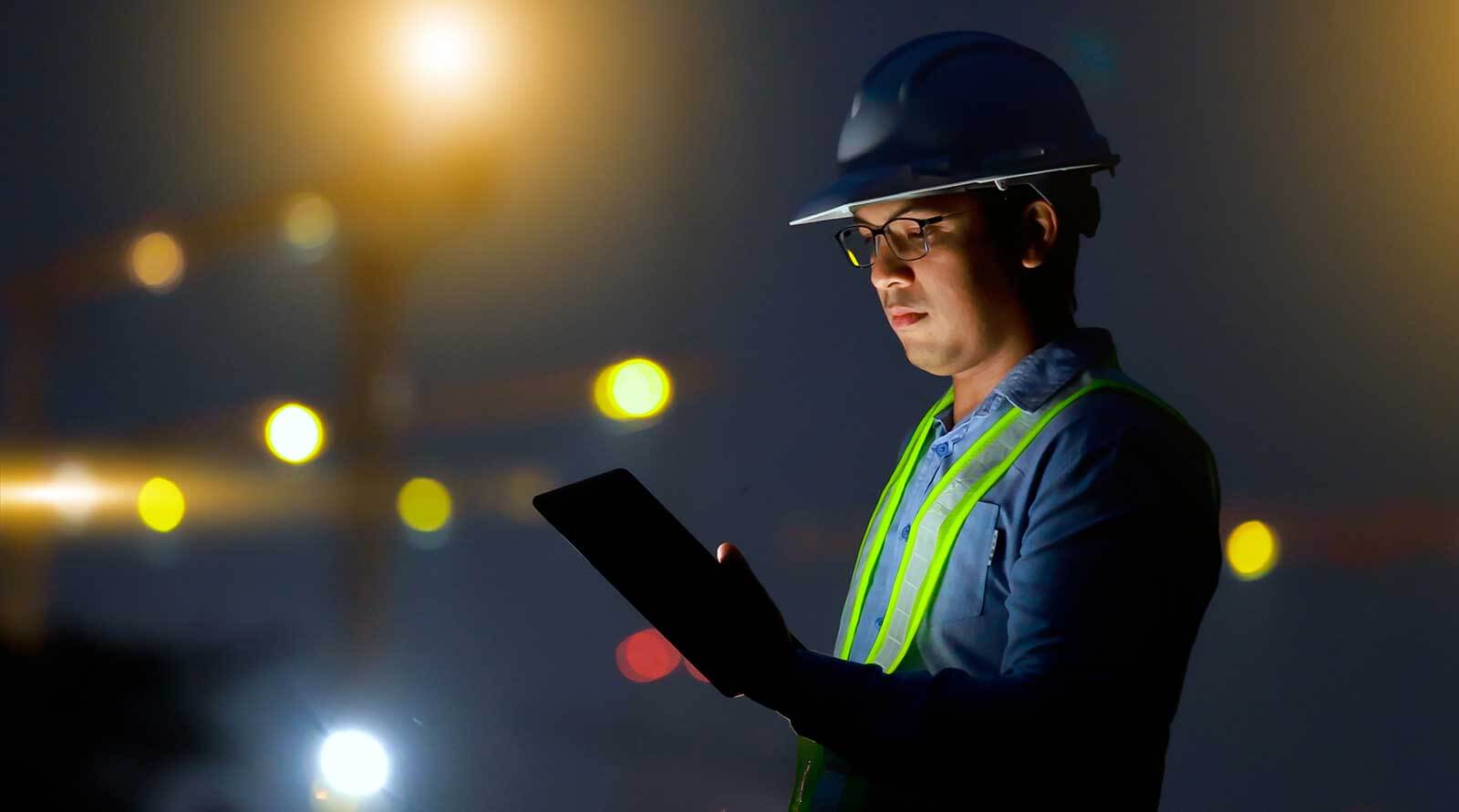Close your eyes and go back to January 2020. Largely riding the waves of Big Data, AI, and IoT, “digital transformation” was the buzzy-iest phrase in technology and being widely used within almost every industry and role in the enterprise. At the same time, pushes for improved corporate safety were gaining ground and occupational health and safety employees were focusing on OSHA’s announcement that it was raising Civil Penalties for 2020 by nearly 2%.
However, the worlds of “digital transformation” and “employee safety” rarely converged. That is until a global pandemic hit and accelerated the digitization of companies by three to four years. Fast forward to today and there is a noticeable trend in how companies are using technology to ensure employee, workplace, and community safety. Below are four ways corporate safety is now embracing digital technology.
Employee Safety & The Effect Of Digital Technology
AI-Enabled Real-Time Video
Live video streams have been used for decades, but companies are now deploying next-generation AI-enabled video platforms with ‘computer vision’ capabilities to automate functions for employee safety and health. Safety uses for computer vision included hazard detection (spills, debris, moving equipment), PPE detection (hard hats, vests, gloves, eyewear, masks), and elevated body temperature detection.
Wearable Devices
While fitness trackers and smartwatches have dominated the consumer space for years, they struggled with finding a foothold in the everyday workplace; however, corporate safety professionals have since found the value needed from these health tech tools. Companies are now using wearable devices to monitor employee biometric data, track behaviors that increase risk, send alerts during dangerous situations, and more.
Augmented / Mixed Reality
In a similar manner to wearable devices, until recently, many business leaders likely viewed Augmented Reality (AR) and Mixed Reality (MR) as things for science fiction movies and video games. Those attitudes shifted quickly too as the last year has provided practical ways companies can use these capabilities. For example, many safety teams have found that they can leverage augmented/mixed reality tools to perform remote corporate safety training and audits – avoiding unnecessary travel, costs, delays, or confinement to training rooms.
Automated Calls and Text Messaging
Mobile devices are ubiquitous; from the home to the office, they follow people throughout the day. Many companies have begun using this to their advantage, having implemented automated calls and text messages to improve employee safety. Some of the more common use cases include daily health-assessment surveys, severe weather updates, or notifications of other potentially dangerous situations. Employee health and safety monitoring will continue to be vital to the operations of every industry. Ignoring the chance to use this opportunity to undergo a digital transformation in corporate safety could dramatically impact a company’s ability to achieve both its safety and productivity goals. Digital technology makes it possible for employees to work smarter and safer – even in high-risk situations – while minimizing risks and speeding processes.

